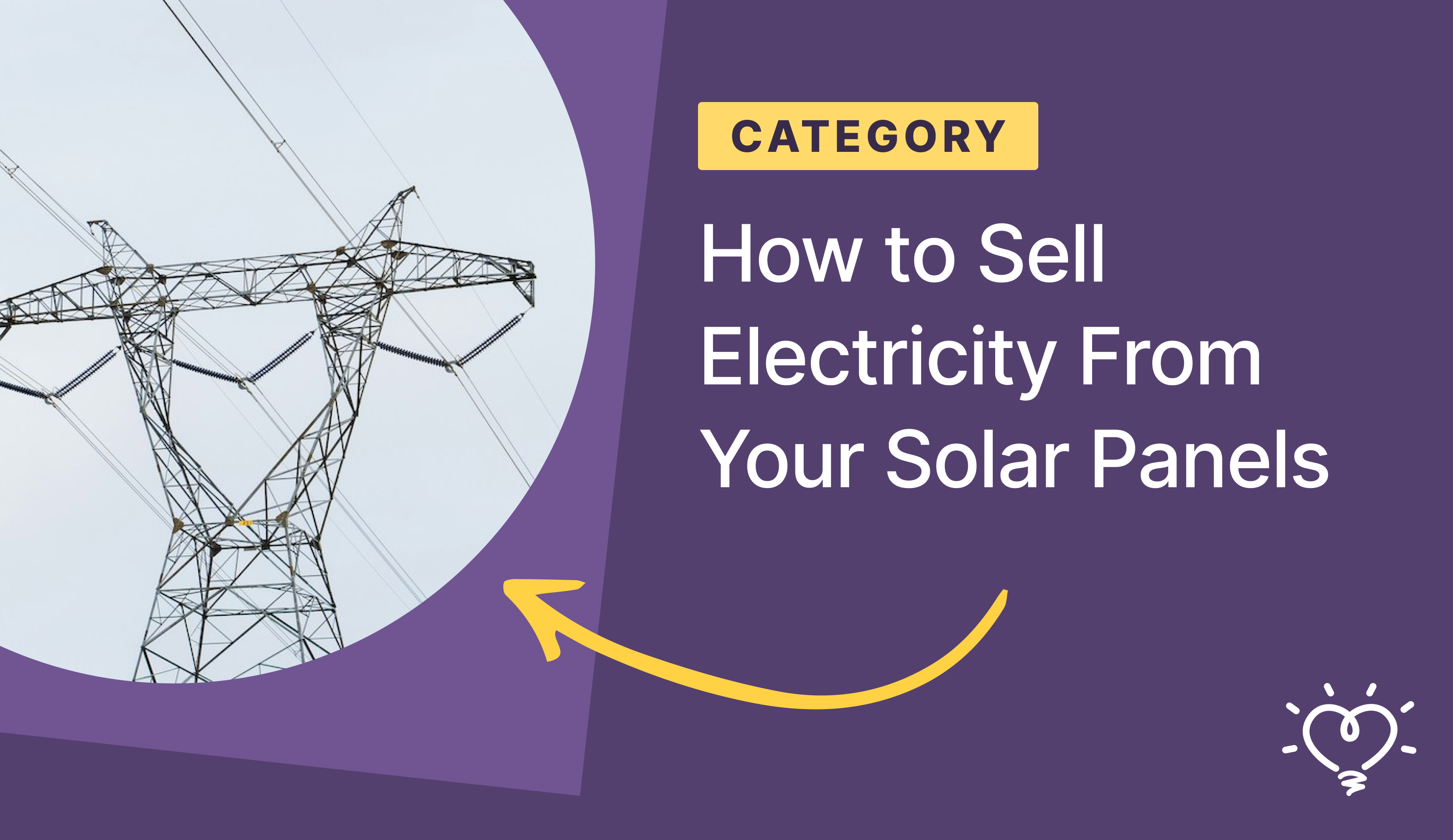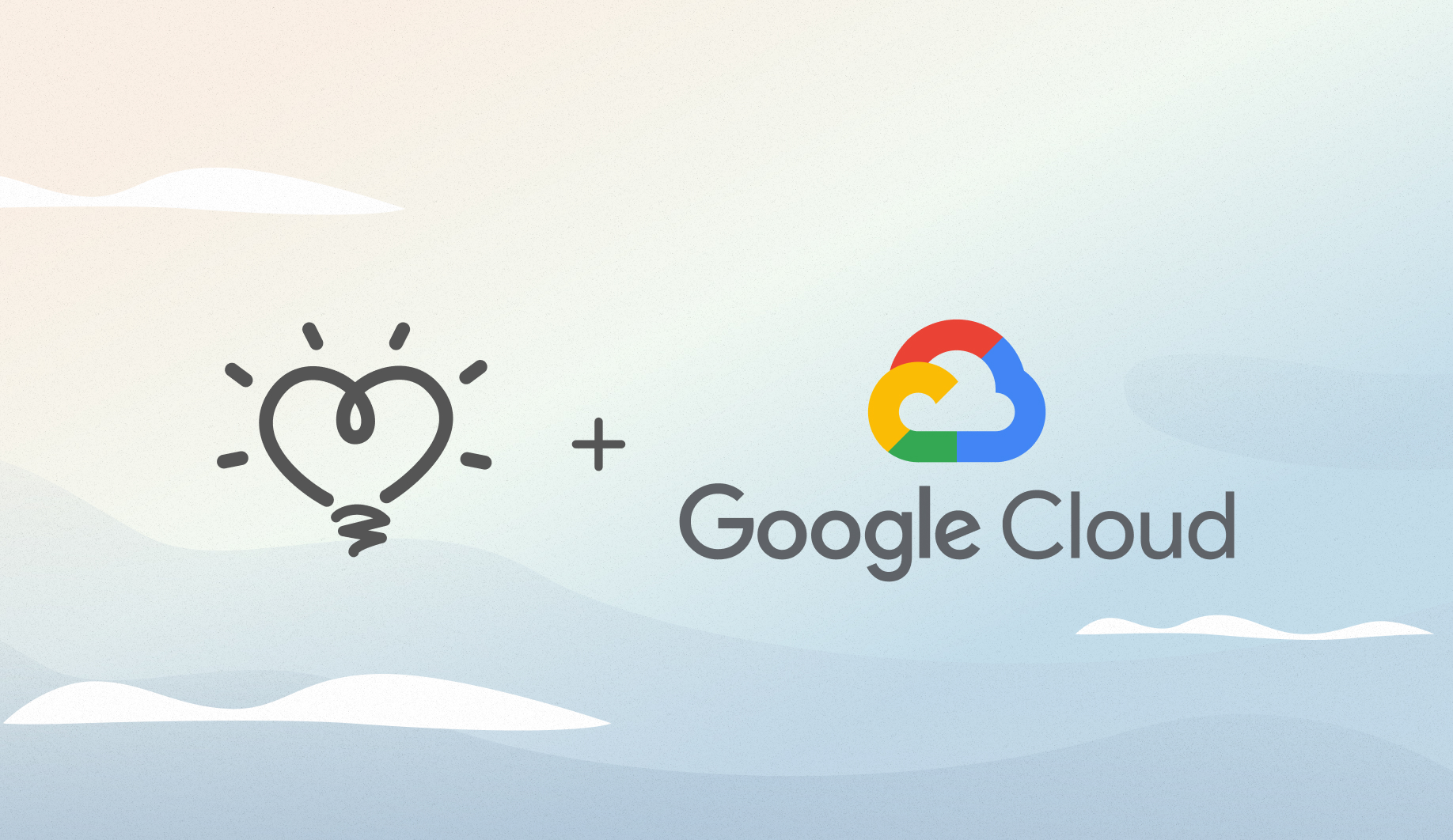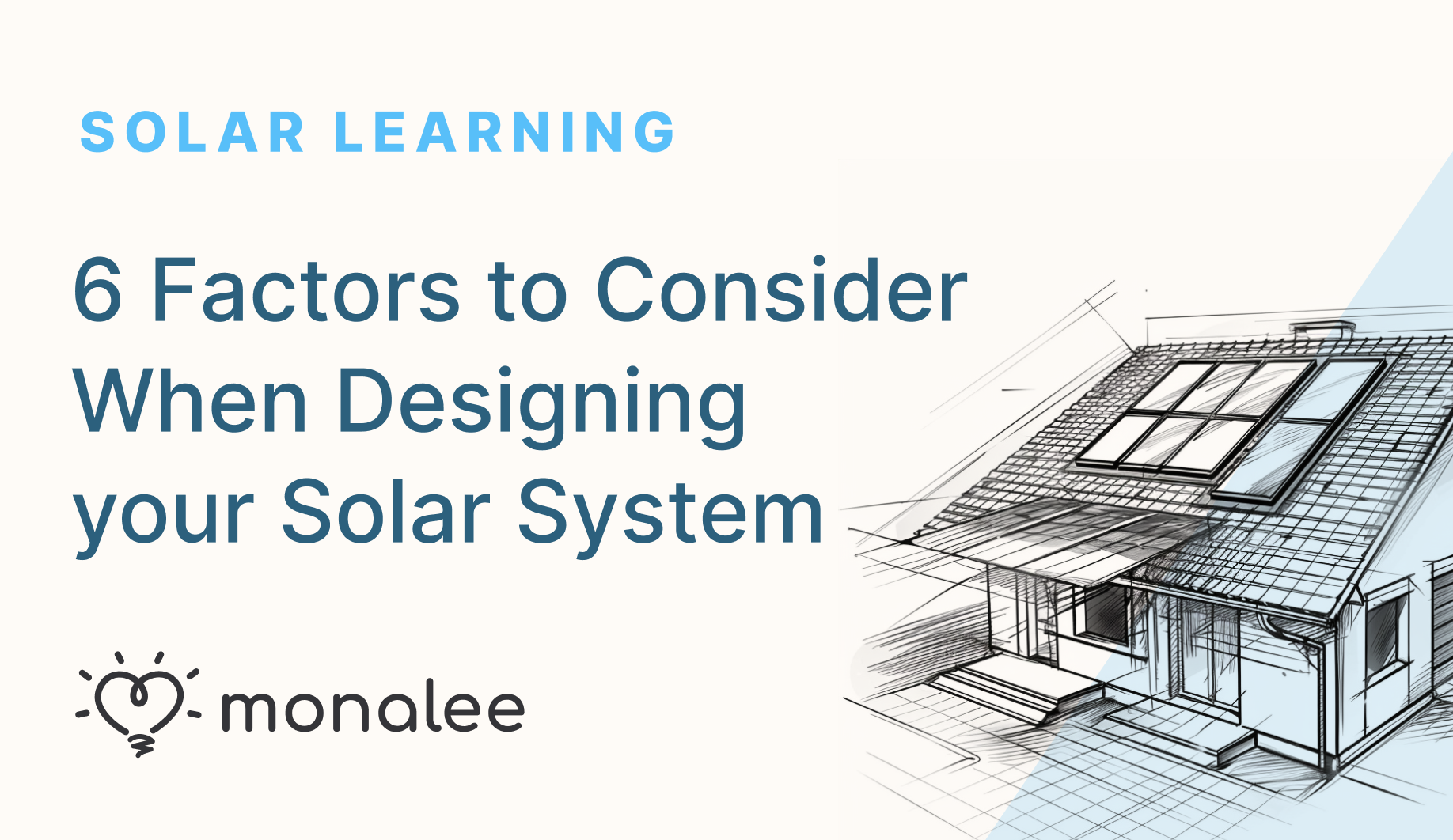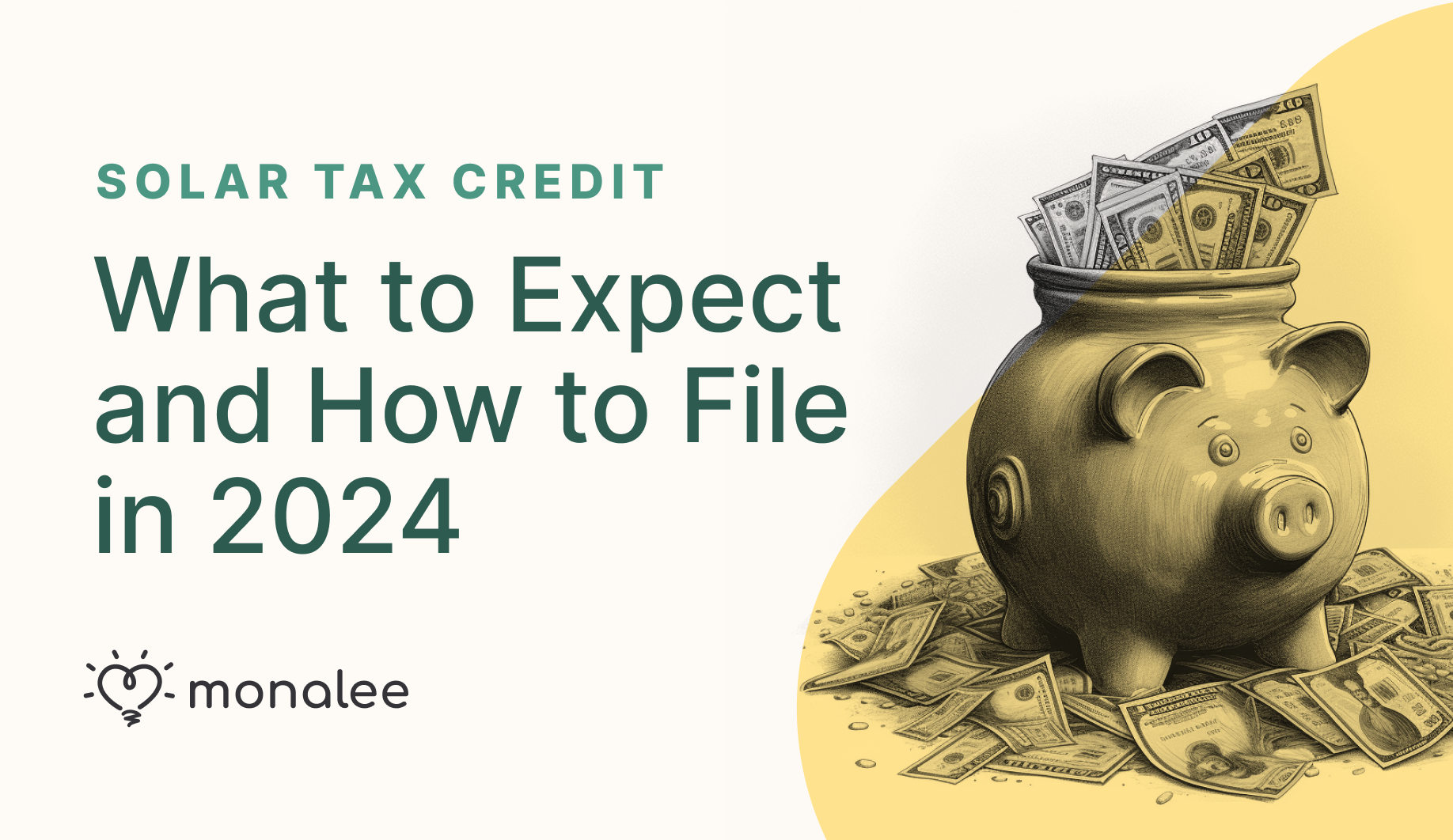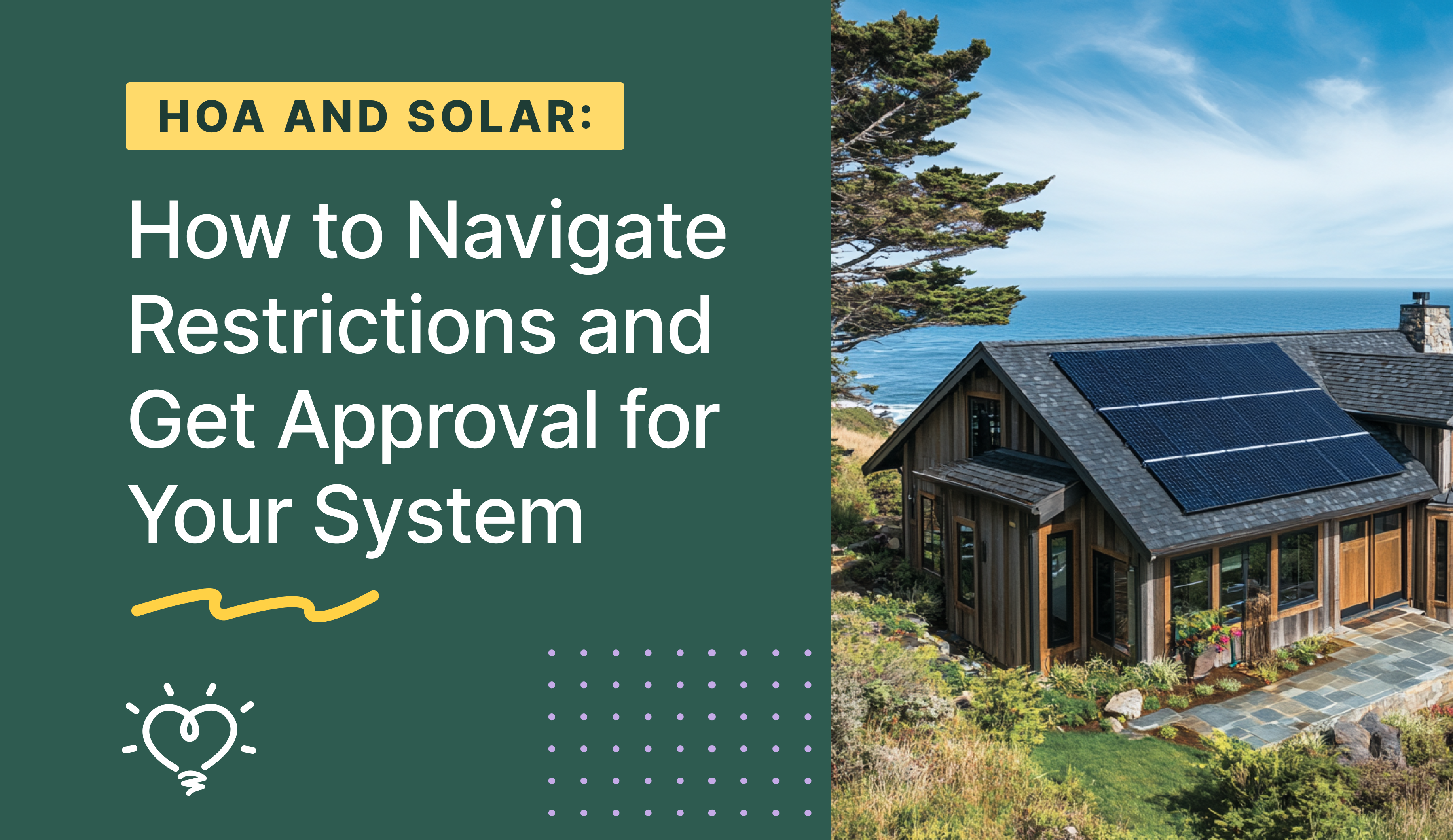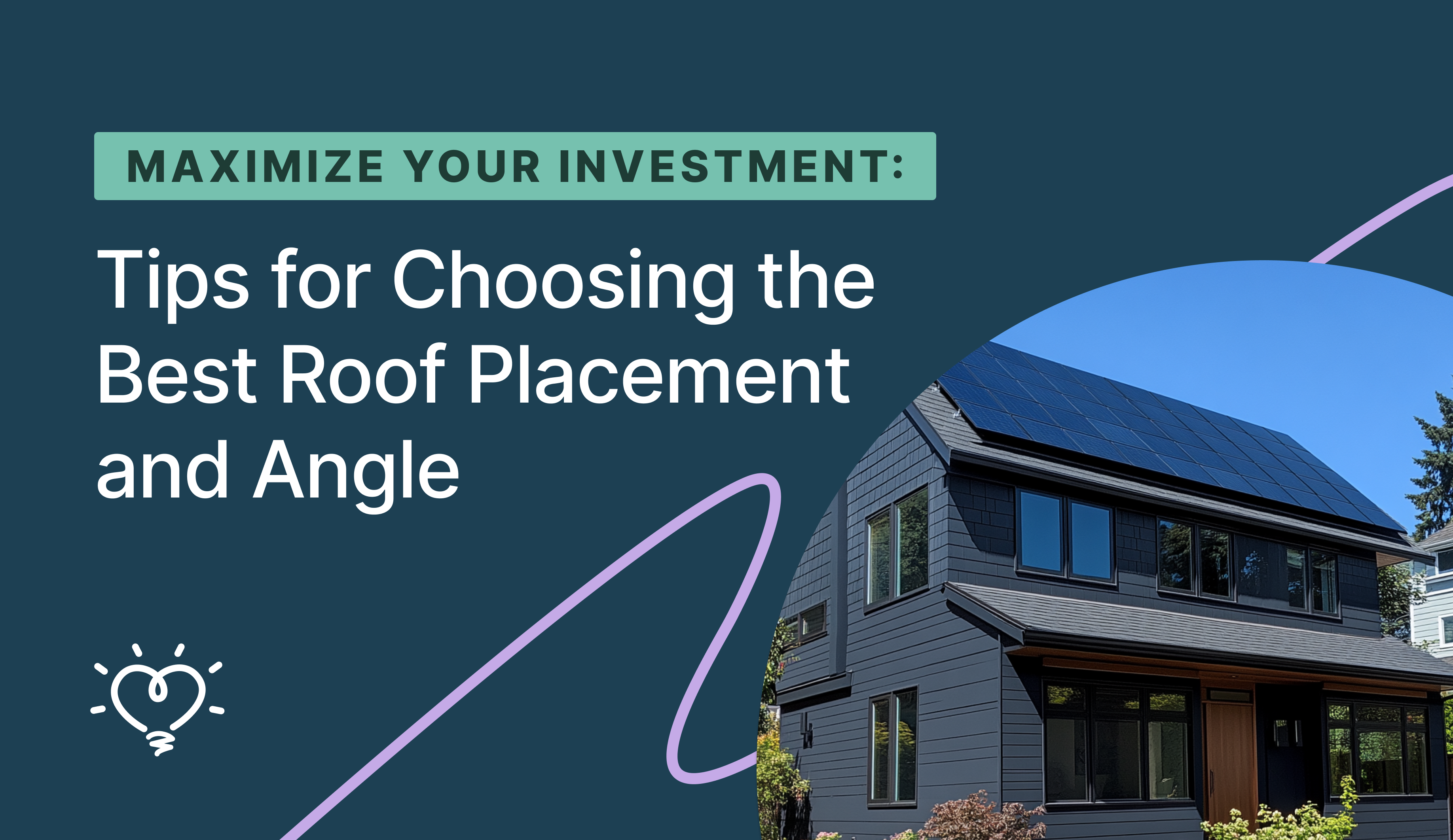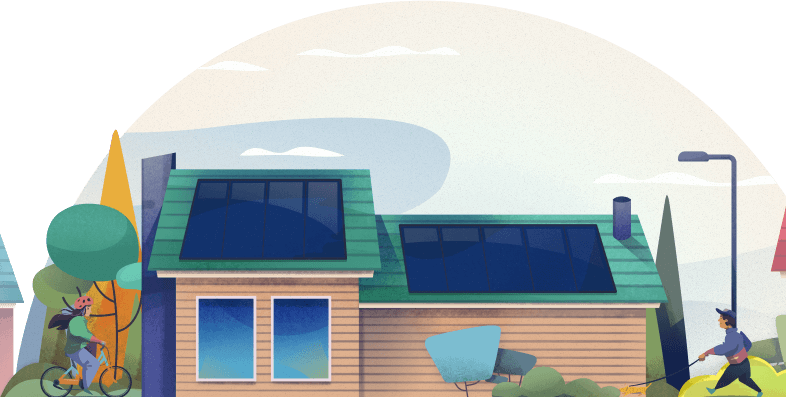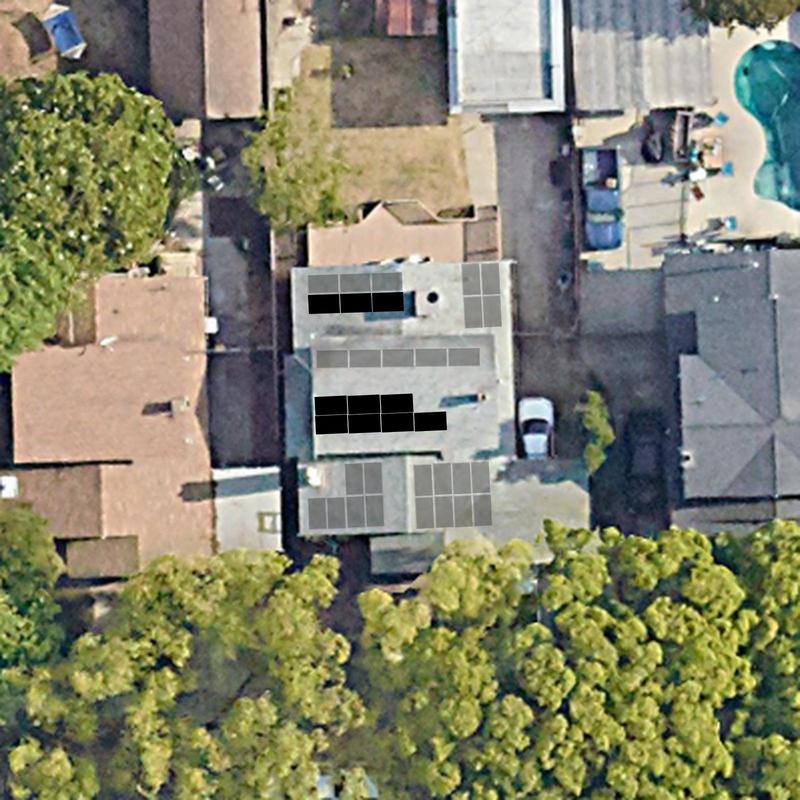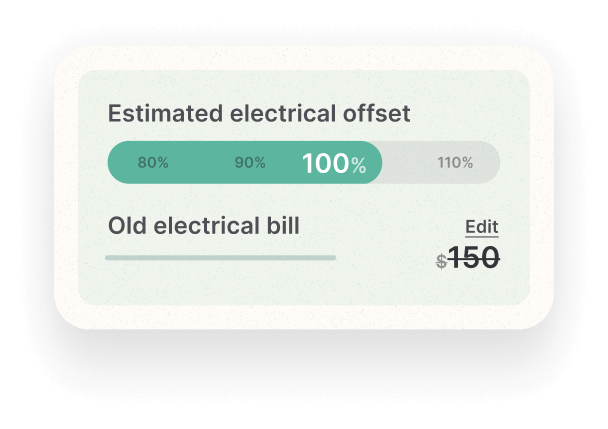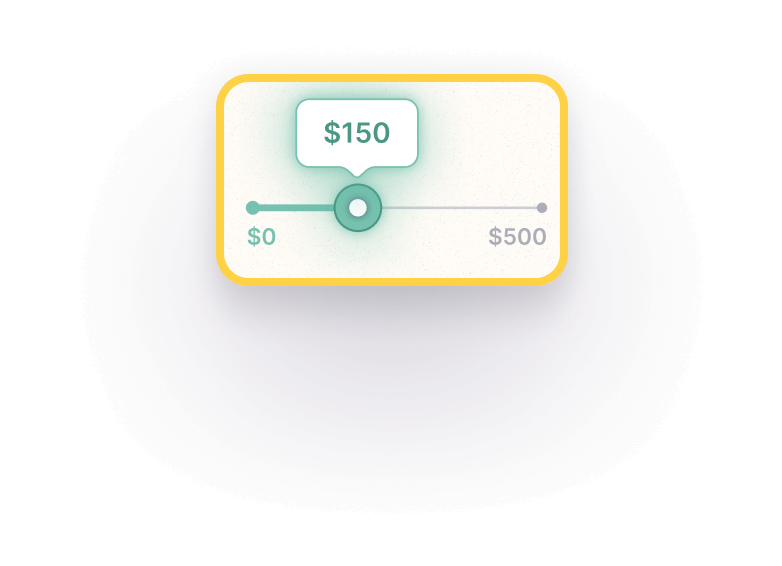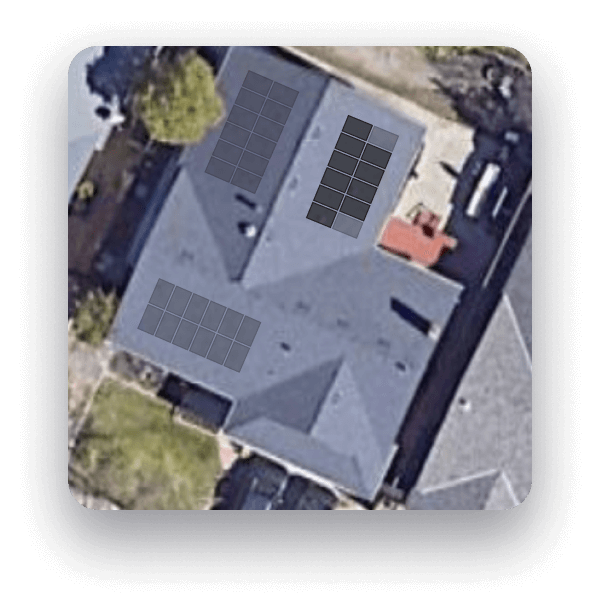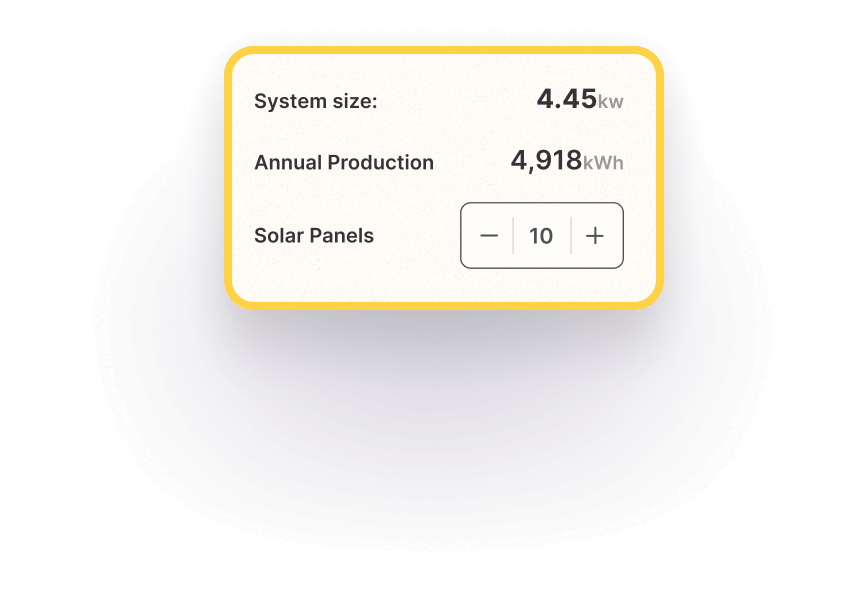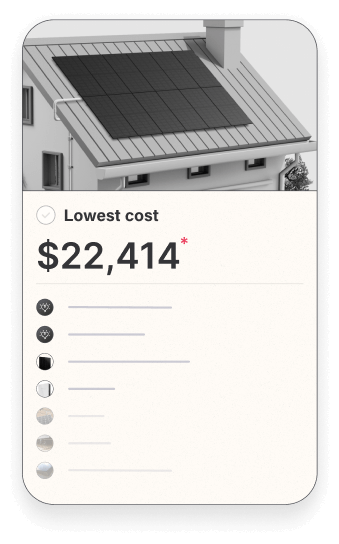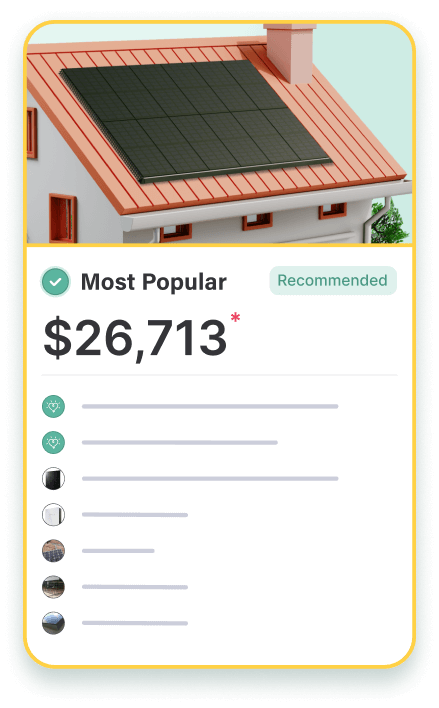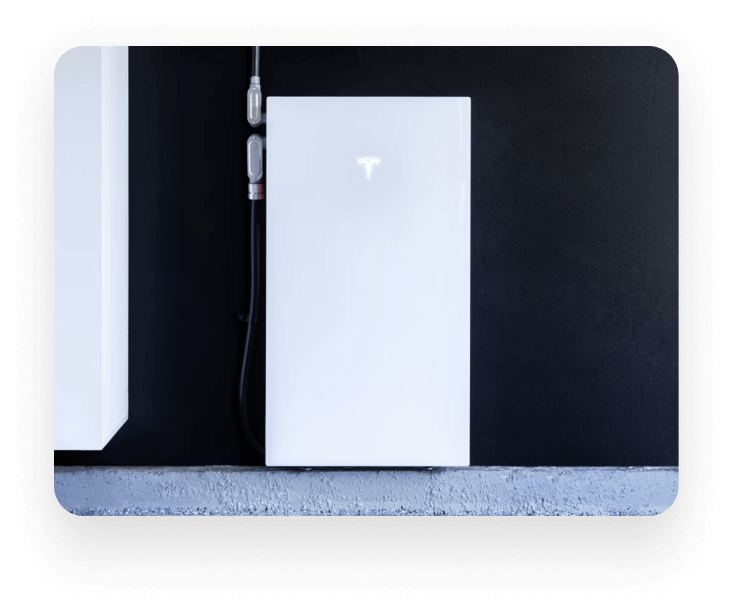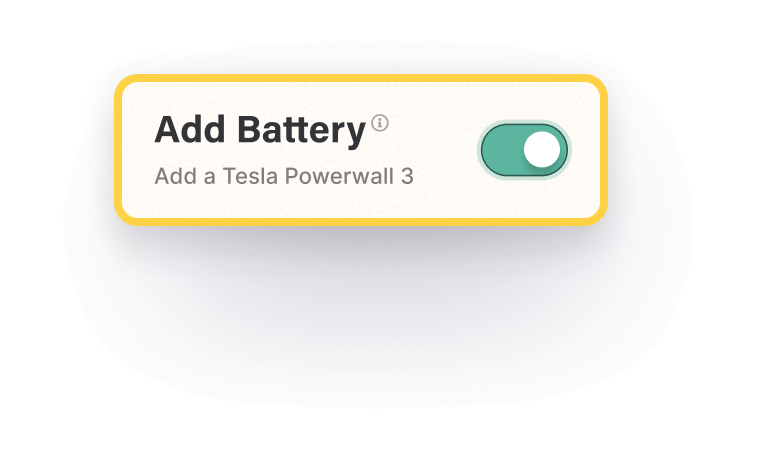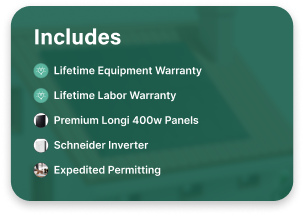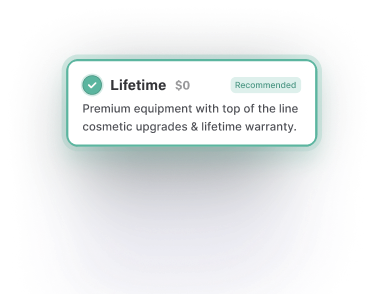Participating in net metering programs is one way to lower your monthly utility bill.
Despite an uncertain economy, solar power is still the fastest-growing economy in the nation and the fastest-growing renewable energy source. Innovations in solar panel design are increasing efficiency, while AI integrations are cutting soft-costs significantly, resulting in lower installation costs.
More homeowners are realizing the many benefits of switching to renewable energy and are making the switch to solar. In fact, as of this year, 4.2 million American households are generating their own power using solar energy, which is nearly 5% of all single-family homes nationwide.
On top of saving money on utility bills, solar enables homeowners to gain energy independence, increase the value of their home, and leave a positive impact on the environment.
In this blog post, we’ll delve into the logistics of switching from conventional energy sources to solar energy, as well as how you can earn credits through net metering programs.

How is solar different from traditional energy sources?
Both energy sources power our modern world, but their environmental impacts drastically differ. Fossil fuels—coal, oil, and natural gas—have been the backbone of industrial development for centuries. Unfortunately, in the case of fossil fuels, their extraction, processing, and combustion cause serious damage to the environment. Fossil fuels contribute to rising greenhouse gas emissions, air and water pollution, and destruction of natural habitats and deforestation.
On the flip side, solar energy generates electricity without emitting greenhouse gasses and has very few–if any–negative impacts on the environment. Moreso, the emissions associated with the manufacturing, transportation, and installation of solar panels are minimal compared to emissions from fossil fuels.

What happens when you switch from traditional energy to solar?
A common misconception about solar-powered homes is that you can ‘turn on’ the panels as soon as they are installed on the roof. We wish this was the case, but there are a few things that need to happen first. Before you can activate–or ‘turn on’ your system, it’s necessary to pass a final inspection from your local jurisdiction, and receive Permission to Operate (PTO) from your utility company.
Receiving PTO from the utility company is the final ‘go ahead’ to activate your system. From our experience, most of our customers start seeing significant savings on their utility bills after two to three billing cycles.
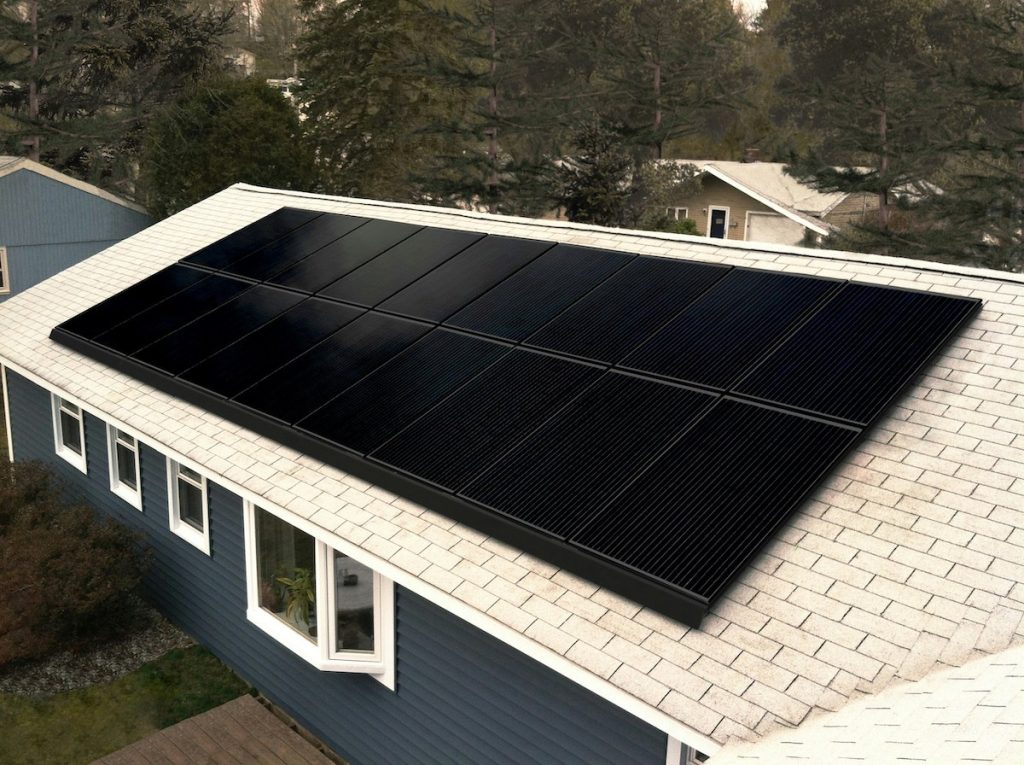
What is the local grid and how does it work?
An electric ‘grid’ is a type of network in which consumers–in this case, homeowners–can access electricity from their local utility company. By being connected to your utility company’s grid means that you have a reliable source of electricity to power your home.
Unless you have a solar battery–and sometimes, even when you do–there will be times when you need to lean on the local grid for electricity to power your home. For some homeowners, this means leveraging the local grid for extra electricity during the hours of the day (and night) after the sun has gone down.
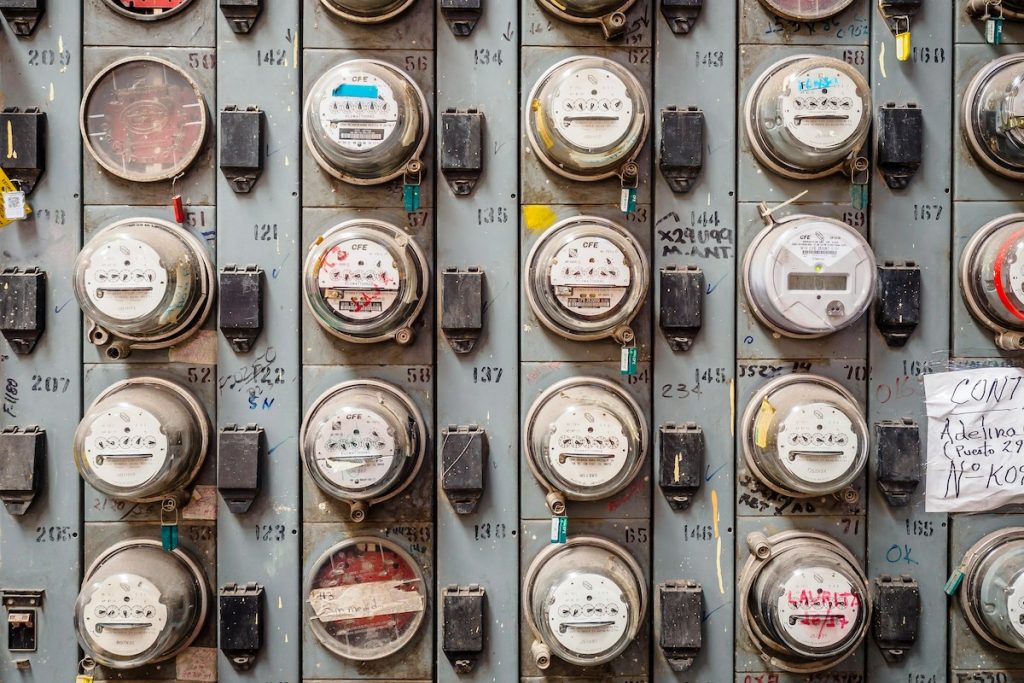
How to further lower your electric bill through net metering
Net metering is one of several programs many states offer as an added incentive to switch to clean energy. Net energy metering–NEM for short–is a type of billing tool that uses the electric grid to store the excess energy produced from your solar system. The excess generation is then credited to your next month’s electricity bill.
It’s important to note that if you have a grid-tied system, you will still be connected to your area’s local electric grid even though your home mostly runs on solar. The only situation where it might make sense to be fully off-grid is if you own a vacation cabin outside of town or if you live in a remote area where the grid is either unreliable or very limited. We also advise against it because most AHJs don’t allow homeowners to completely disconnect their homes from the grid.
It’s worth noting that not all states participate in net metering programs and those that do are lessening the value attached to credits. Using California as an example, NEM 3.0 is already considerably less appealing to homeowners than NEM 1.0 and NEM 2.0. Currently, NEM 3.0 export rates are around 75% lower than the export rates for NEM 2.0. And lower export rates are equivalent to longer payback periods than homeowners who made the earlier cut-off.
If you’re worried about net metering ending in your state, the best thing to do is invest in one or several solar batteries. This way, you can rely on your stored energy rather than the local grid. Plus, you’ll be protected in the case of a power outage.

Final thoughts
Choosing to go solar is one of the best things you can do for the environment, and it’s also a smart long-term investment. Homes that run on solar increase in value, and homeowners can recoup their upfront costs in as little as four to seven years with Monalee. Participating in net metering programs allows homeowners to leverage the excess energy their systems produce and to use the credits they receive in return to power their homes during off-peak hours.
